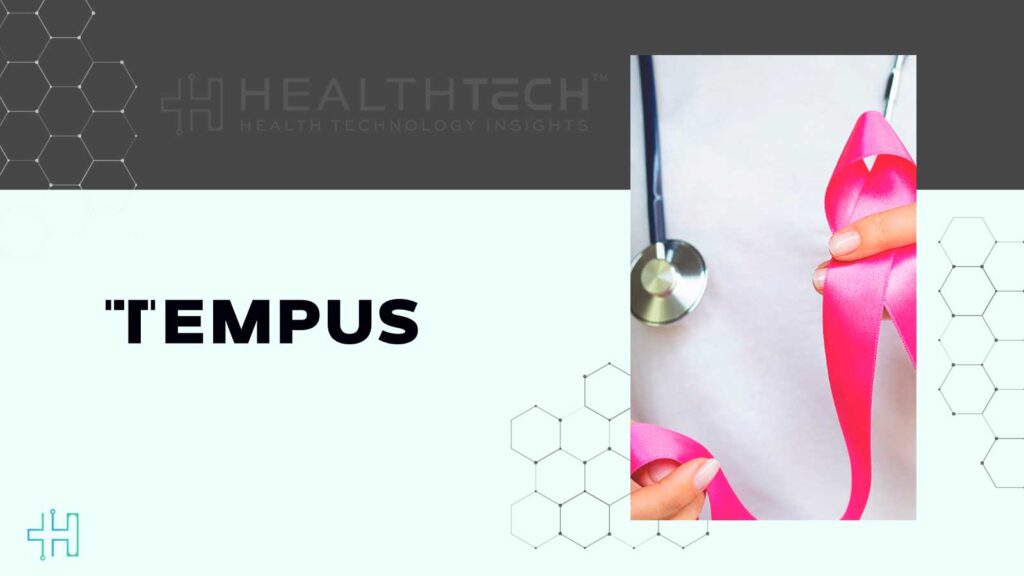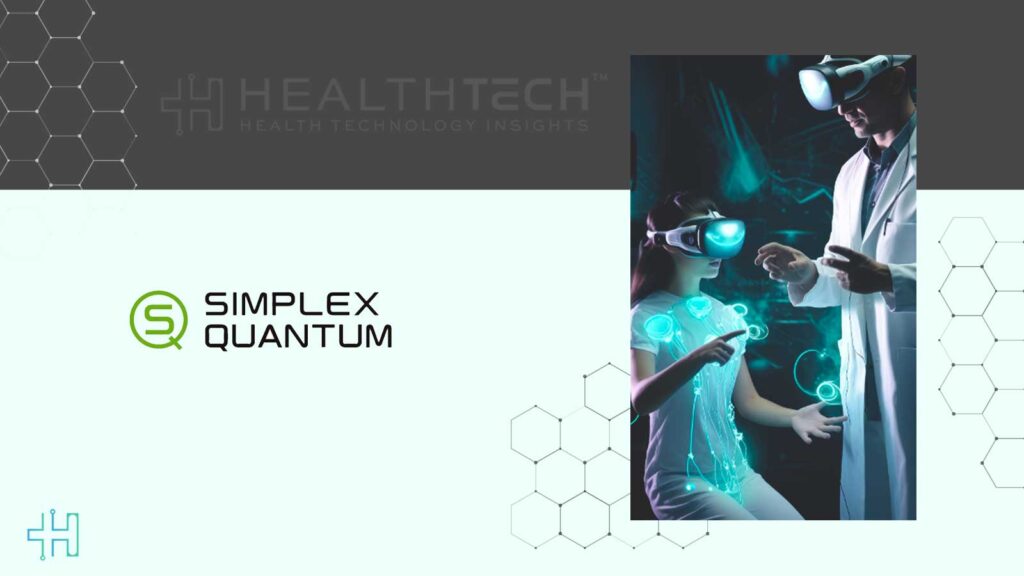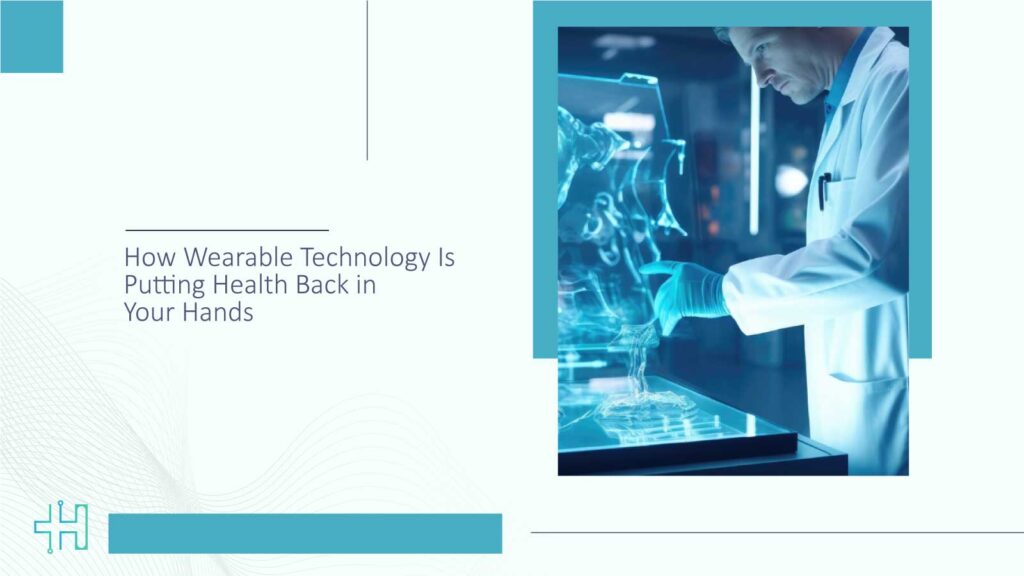Wearable technology, like smartwatches and biosensors, has evolved from a fad into a key healthcare tool. These gadgets, from heart rate trackers to illness-detecting biosensors, deliver continuous health data to patients and doctors. Wearables are becoming increasingly crucial in transforming healthcare into more proactive, data-driven, and patient-centered treatment techniques.
Devices monitor vital signs, detect anomalies, and provide data to healthcare providers promptly. As a result, this shift allows for early intervention, helps manage long-term conditions like diabetes or heart disease, and tailors therapies to individual needs, making healthcare smarter, faster, and more responsive.
In a world where every second counts, wearable technology collects our bodies’ subtle messages, transforming movement into meaning and data into decisions. Looking ahead, the most effective instrument for well-being is arguably already on your wrist.
The History of Wearables in Healthcare
Wearable technology has advanced significantly since the initial days of the pedometer. What was once basic step-tracking devices have evolved into high-level, FDA-approved medical devices that are revolutionizing health care delivery. The transition from consumer wellness wearables to clinically graded wearables is redesigning the patient-provider relationship.
Products like the Apple Watch, which performs ECGs and detects atrial fibrillation, and Fitbit’s EHR integration reflect this change. Meanwhile, sites like WHOOP focus on optimizing recovery, stress, and performance in athletes as well as general consumers.
This shift aligns with the growing focus on preventive, predictive, and participatory care, where continuous monitoring and early diagnosis improve outcomes. The global wearable medical device market will grow from $27 billion in 2022 to over $47 billion by 2025, reflecting strong demand. With increasingly integrated and smart wearables, they are not accessories any longer but a necessary health friend. Link for stats
Personalization at Scale: How Wearables Tailor Care
This change aligns with the focus on preventive, predictive, and participatory care. Ongoing monitoring and early diagnosis lead to better health results. The global wearable device market was $27 billion in 2022. It is expected to grow to over $47 billion by 2025. Thus, this growth shows high demand and optimism for wearable healthcare technology.
For instance, elderly patients with chronic diseases such as hypertension or COPD are helped by remote patient monitoring, where wearables monitor vital signs and warn caregivers of impending deterioration. Diabetics increasingly employ smart glucose monitors that provide real-time alerts for insulin administration, avoiding dangerous spikes or dips beforehand. Even in psychiatry, AI-based sleep insights from wearables are assisting clinicians in tailoring interventions for anxiety and depression according to rest quality and circadian rhythms.
This information-based model is more than passive monitoring; it promotes collaboration. Patients are not just recipients of care anymore; they are participants in their health journey with actionable data. Providers, on the other hand, can make informed, timely decisions based on continuous feedback rather than sporadic check-ins. The outcome is a more responsive, proactive care model, customized to each person’s rhythms, needs, and objectives. Wearables aren’t merely gathering information, they’re making healthcare personal, bit by bit.
Clinical Applications and Preventive Healthcare
Wearable technology is increasingly being integrated into clinical operations, offering tangible benefits across several specializations. In cardiology, for example, ECG-capable smartwatches can detect atrial fibrillation, allowing patients to diagnose abnormal heartbeats and receive therapy on time. Moreover, endocrinology has made significant strides with continuous glucose monitors (CGMs), enabling diabetics to adjust insulin doses in real time and avoid complications.
Wearables are now used by mental health professionals to monitor sleep, activity, and mood patterns in order to initiate earlier interventions in cases of depression or anxiety. Patients undergoing chronic or post-operative treatment benefit from RPM, which uses wearables to monitor post-recovery parameters such as heart rate, oxygenation, and mobility, allowing clinicians to follow up on patients without sending them to the hospital.
These therapeutic applications aren’t just convenient; they’re life-changing. According to research, RPM has the potential to significantly reduce emergency room visits and hospital readmissions, improving outcomes while reducing the burden on healthcare systems.
In the United States, the Centers for Medicare and Medicaid Services (CMS) now allow compensation for RPM services, demonstrating its value in today’s care paradigms. Wearables are shifting the paradigm from reactive treatment to proactive prevention, bridging the gap between everyday life and clinical care in real time.
What’s Next for Wearables in HealthTech?
The future of wearable technology in healthcare extends far beyond wristbands and patches. In addition, emerging tools like smart tattoos and implantable biosensors provide deeper integration with the body through continuous, non-invasive monitoring. As wearables merge with genomics and personalized medicine, care becomes more targeted, not only predicting current conditions but also forecasting what’s likely to happen next.
Ecosystems of health are changing, too. Enterprises like Apple, Dexcom, and Oura are building platforms combining wearables, telehealth, and AI-driven insights. These integrations create seamless experiences from diagnosis to care delivery. Predictive analytics is now a core feature. It detects health issues before symptoms appear, enabling true preventive care.
Startups like BioIntelliSense and Vivoo are advancing medical-grade wearables and personal wellness insights. Larger companies are expanding these innovations into complete care models. Hence, Health systems must act now to stay competitive. They should adopt wearable-first strategies centered on real-time data, prevention, and patient empowerment. The next health tech revolution isn’t approaching, it’s here now, and it’s wearable.
FAQs
1. How is wearable technology transforming healthcare delivery today?
Wearable technology is shifting healthcare from a reactive to a proactive model by enabling continuous health monitoring. Devices like smartwatches and biosensors track vital signs in real-time, allowing for early detection of conditions like arrhythmias or glucose irregularities. This real-time data empowers both patients and providers to make timely, informed decisions, personalizing treatment and improving health outcomes.
2. What are the main benefits of using wearable devices in managing chronic conditions?
Wearables help manage chronic illnesses such as diabetes, heart disease, and COPD by providing consistent health data without the need for frequent clinical visits. For example, continuous glucose monitors alert users to critical changes, preventing dangerous highs or lows. Similarly, heart rate monitors can flag abnormalities early, reducing emergency room visits and enabling better long-term disease management.
3. What types of health data do wearable devices typically collect?
Most wearable health devices track a combination of physiological and behavioral data, including heart rate, blood oxygen levels, sleep patterns, activity levels, glucose levels, and stress indicators. Advanced models also monitor ECGs and respiratory rates, supporting both wellness tracking and medical-grade diagnostics.
4. How do wearables contribute to personalized healthcare?
Wearables tailor care by delivering individualized insights through continuous data streams. Instead of one-size-fits-all recommendations, healthcare providers can adjust treatment plans based on real-time feedback, whether it’s modifying medication timing or suggesting lifestyle changes. This customization improves patient engagement, treatment accuracy, and overall satisfaction.
5. What is the future of wearable technology in the health sector?
The next phase of wearables includes innovations like implantable sensors, smart textiles, and integration with genomics. These tools will offer deeper, more precise insights into health status and risks. Combined with AI and telehealth platforms, wearables will drive predictive care, enabling interventions before symptoms even occur and cementing their role as core tools in healthcare ecosystems.
To participate in our interviews, please write to our HealthTech Media Room at news@intentamplify.com








